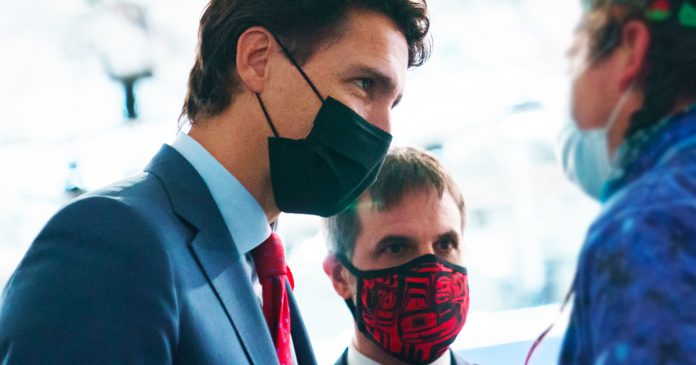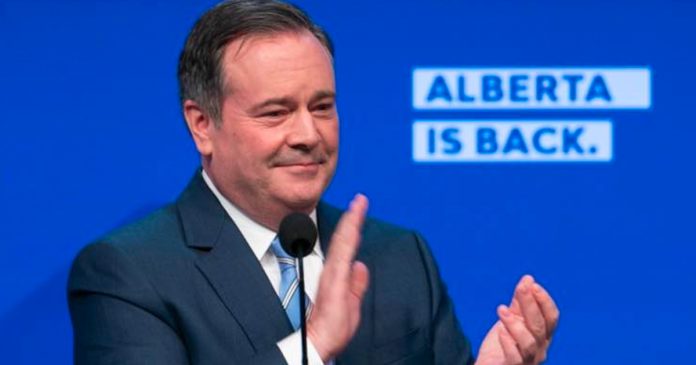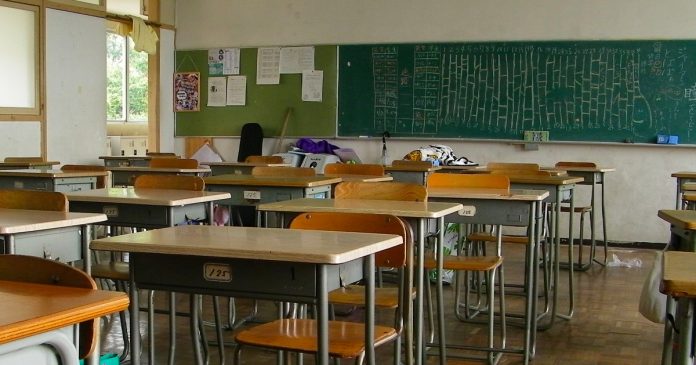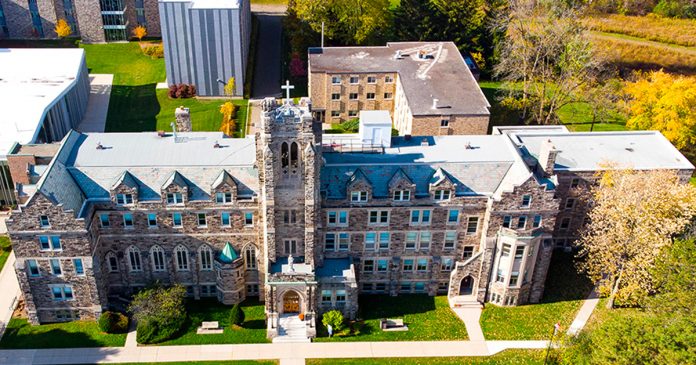The number of First Nations people in Ontario who died from opioid-related deaths went up during the first year of the COVID-19 pandemic, according to Chiefs of Ontario.
The data is found in two reports issued by Chiefs of Ontario in collaboration with the Ontario Drug Policy Research Network.
“The findings in these reports reinforce what First Nations leadership, families and communities have been demanding for decades,” said Ontario Regional Chief Glen Hare. “More needs to be done, and we must act now.”
Since 2017, First Nations people in Ontario have seen an increase in opioid-related poisonings, which stems from the growing presence of fentanyl in the drug supply. First Nations are overrepresented in opioid-related deaths, having a mortality rate about four times higher than the rest of the population. Off-reserve First Nations people and those aged 44 years and younger are hit hardest.
The number of deaths linked to opioid poisonings in Ontario more than doubled during the pandemic. Fifty First Nations people died from opioid poisonings between March 17, 2019 and March 16, 2020. By comparison, there were 116 deaths from opioid poisonings between March 17, 2020 and March 16, 2021.
According to the report, this death rate shows an increase of 132%, compared to a 68% rise among the rest of the population. Fentanyl poisonings contributed to 87% of opioid-related deaths.
Lockdown measures led to border closures, restricted travel, and many health care and harm reduction facilities being closed. Advocates say these measures contributed to a rise in the use of different unregulated drugs, and they created barriers for First Nations to access harm reduction services.
Chiefs of Ontario said the opioid epidemic has been disrupting families and communities across Ontario for years, and it has been amplified by COVID-19. The reports “demonstrate the underlying systemic racism and intergenerational trauma felt by First Nations and the urgent need for appropriate access to opioid treatment and harm reduction services that are essential for our communities to heal.”
Another report from May found that opioid deaths across Ontario were up by 75% following the COVID-19 pandemic in 2020 when compared to deaths the year prior.
The report, which was published by the Ontario Drug Policy Research Network, revealed that 2,050 people died of opioid overdoses in Ontario between March and December 2020.
In comparison, 1,162 people died from opioid overdoses over the same time period in 2019.
The Ontario Ministry of Health and Indigenous Services Canada could not be reached for comment in time for publication.


























